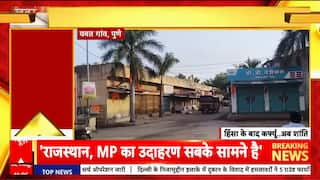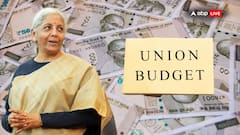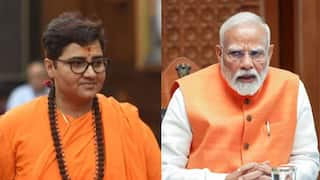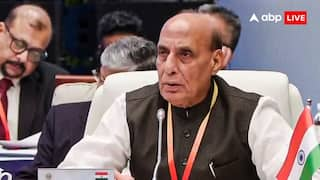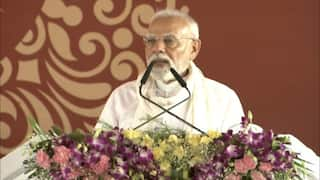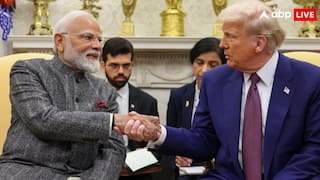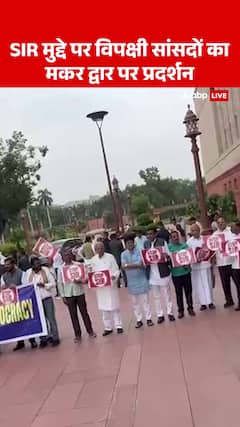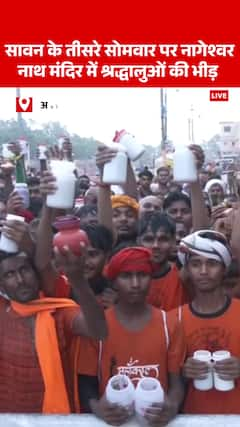Sri Lanka Crisis: A Look Back At How Economic And Political Turmoil Left The Island Nation In Tatters
Sri Lanka is waiting for the International Monetary Fund (IMF) to formally approve a $2.9 billion bailout package before year-end

Sri Lanka witnessed a massive economic and energy crisis this year. Depleting forex reserves, with surging inflation, and rising prices of key essential imports threw life out of gear in the Indian Ocean’s island nation. The country is waiting for the International Monetary Fund (IMF) to formally approve a $2.9 billion bailout package before year-end.
The problem mainly started after the pandemic period; however, the economic situation got worse after the advent of the Russia-Ukraine war this year in February. The disruption caused by the conflict in Ukraine and subsequent sanctions on Russia by the West had led to a major impact on global supply chains, which in turn pushed up oil and commodity prices causing inflation.
Tourism is one of the biggest contributors to earnings in Sri Lanka. The country’s economy was valued at $85.2 billion in 2021. As the economic situation spiralled out of control, Colombo declared an economic emergency.
The world has seen Sri Lankans queuing before grocery shops and petrol pumps because of a sudden spike in food cost and fuel shortage.
Several news reports pointed out that rising cost of food items, sinking currency, and decreasing forex reserves have made matters worse for Sri Lanka. According to Sri Lanka's local media outlets, the economic crisis was caused by "several years of mismanagement, corruption, shortsighted policymaking, and an overall lack of good governance."
The present scenario in the island nation is nothing but worrisome. Sri Lanka is currently going through an economic crisis that has led to a political crisis as citizens struggle with high inflation.
Prices of essential commodities, including milk and rice skyrocketed, petrol and diesel not available and power stations shut. Economic misery has forced an exodus to India. As reported earlier, about 16 Sri Lankan nationals have reached the shores of Tamil Nadu seeking refuge in India.
Economists pointed out that Sri Lanka was walking on a tightrope. The country was on the verge of an economic disaster as it was highly vulnerable to external shocks because of high debt.
The International Monetary Fund (IMF) in its release has mentioned that inadequate external buffers and high risks to public debt sustainability, aggravated by the Easter Sunday terrorist attacks in 2019 and major policy changes, including large tax cuts in late 2019, were the major reasons behind such catastrophe.
Sri Lanka heavily relies on tourism to earn foreign exchange. However, the serial bombings in Colombo in 2019 followed by the Covid-19 pandemic have majorly stopped forex inflows.
A massive foreign debt burden of nearly $5 billion with China alone is a lone contributor to this crisis. Sri Lanka is repaying a $1 billion loan acquired from Beijing in 2021. It also owes a large amount of money to India and Japan.
Reuters earlier reported that Sri Lanka’s reserves have tanked 70 per cent since 2020, dwindling to $2.36 billion at the end of January. But the island has debt repayments of nearly $4 billion this year, including a $1 billion international sovereign bond maturing in July. The dollar scarcity has prompted some analysts and rating agencies to warn of a potential default.
The nation relies heavily on imports. Imports of essential items such as sugar, pulses, cereals, and pharmaceuticals have compounded the issues owing to lack of foreign currency to pay for the imported goods.
On the energy front, the condition is so dire that the government had to shut down its only fuel refinery as it ran out of crude oil stocks and also deployed soldiers at petrol pumps for rationing of fuel.
The pandemic hit Sri Lanka badly. The country didn’t get any chance to recover from the crisis, whereas the ongoing conflict between Russia and Ukraine put the final nail in the coffin.
Surging crude prices, which touched $120 a barrel in the first half of 2022, and rising inflation in key commodities made lives difficult to sustain in Sri Lanka. News of elderly persons fainting while waiting in the queue to secure fuel at petrol stations also made headlines.
As the nation suffered an acute shortage of food, fuel, and other essentials, huge protests erupted across the country. Thousands of protesters stormed the official residence of then President Gotabaya Rajapaksa and Prime Minister Mahinda Rajapaksa as they blamed their government for the mismanagement of the economy.
India came forward to rescue Sri Lanka from such a deep crisis. External Affairs Minister S Jaishankar, while asserting India’s the government’s mantra ‘neighbourhood first’, said India signed a $1 billion credit line with Sri Lanka for supply of essential commodities.













